Learn all About Rubies
Ruby is the birthstone for July and is considered one of the most precious and valuable gemstones in the world. It is known for its vibrant red color and remarkable durability. Rubies are widely used in jewelry, and they have been prized by humans for centuries. In this essay, we will discuss natural rubies and lab-created rubies.
Natural Rubies: Natural rubies are formed deep within the earth's mantle under intense heat and pressure. They are composed of corundum, a mineral that is typically found in metamorphic rock formations. The red color in natural rubies comes from the presence of chromium and iron in the corundum crystal structure. The intensity of the red color is dependent on the amount of chromium present in the crystal.
The most valuable natural rubies are those that have a deep, rich red color with few inclusions. These rubies can command high prices, especially if they are over one carat in weight.
Burmese Rubies
The finest quality natural rubies come from Burma (now Myanmar), and they are known as "Burmese rubies." Other sources of high-quality natural rubies include Sri Lanka, Viet-nam, Thailand, and Tanzania.
Gemological Properties of Rubies
Physical Properties:
SPECIES:
Corundum-Variety, red corundum-Ruby
CRYSTAL HABIT:
Trigonal
CHEMICAL FORMULA:
Al2O3 +CR Aluminum Oxide - trace amounts of chromium
COLOR RANGE:
All shades of red, and from pinkish-red, purplish-red, orangey-red, brownish-red, to dark red.
CAUSE OF COLOR:
Colorless corundum with trace amounts of chromium
SOURCES INCLUDE:
Myanmar (Burma) Sri Lanka Thailand Cambodia Vietnam Mozambique Kenya Tanzania Madagascar Nepal India Australia- U.S. (Montana, Wyoming, and South Carolina)
Although this list may seem as if rubies are abundant, large crystals are rarely found and most deposits where fine quality rough is located are small, nonetheless there is a huge demand for rubies.
Natural rubies require minimal treatment to bring out their beauty. They are often heat-treated to improve their clarity and color. Sometimes they are also treated with chemicals to fill in fractures or to improve their overall appearance. However, excessive treatments can decrease the value of the ruby.
Natural Ruby Jewelry
4.5mm Ruby and 1/8 CT. T.W. Diamond Engagement Ring in 14K White Gold
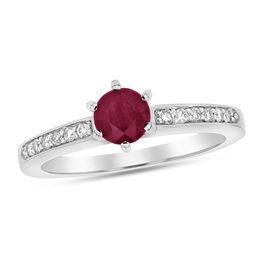
Elliot Young Faceted Ruby and Gold Bead with Diamond Accent Crescent Moon Charm Bracelet in 14K Gold
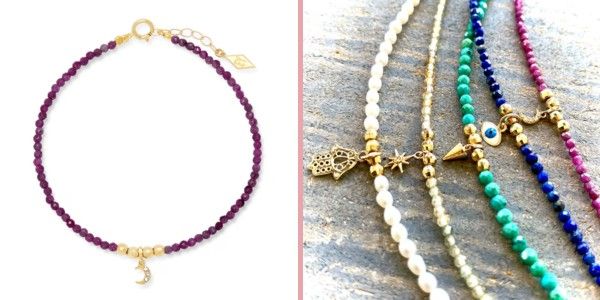
6.0mm Ruby Solitaire Stud Earrings in 10K Gold
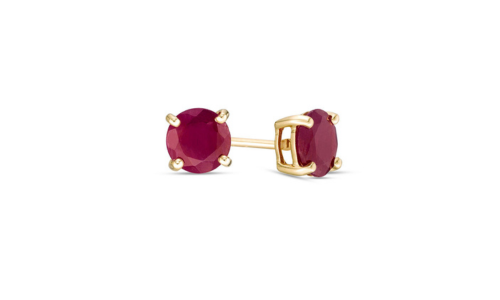
5.0mm Ruby Duo Rope Bangle in Sterling Silver and 10K Gold
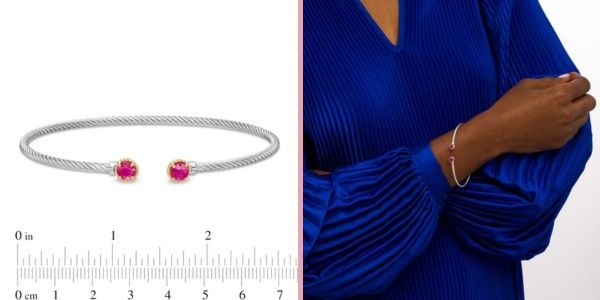
Ruby Petite Stackable Band in 10K Gold
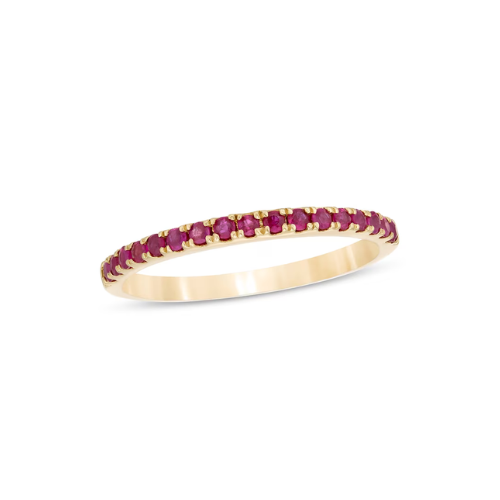
Lab-Created Rubies
Lab-Created Rubies: Lab-created rubies are made using advanced technology that mimics the natural process of ruby formation. These rubies have the same chemical and physical properties as natural rubies, but they are created in controlled laboratory settings. The process involves melting a combination of minerals, including aluminum oxide and chromium, under high heat and pressure to grow ruby crystals.
Oval Lab-Created Ruby and Lab-Created White Sapphires Alternating Infinity Line Bracelet in Sterling Silver

8.0mm Cushion-Cut Lab-Created Ruby and White Sapphire Three Stone Ring
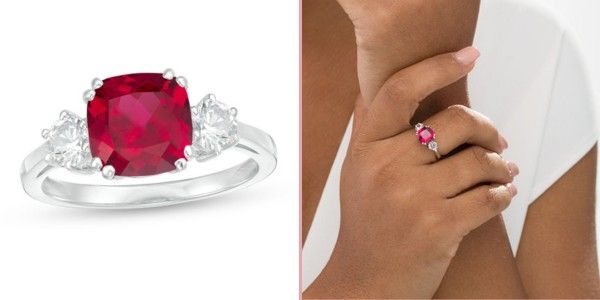
Lab-Created Ruby Inside-Out Hoop Earrings in Sterling Silver
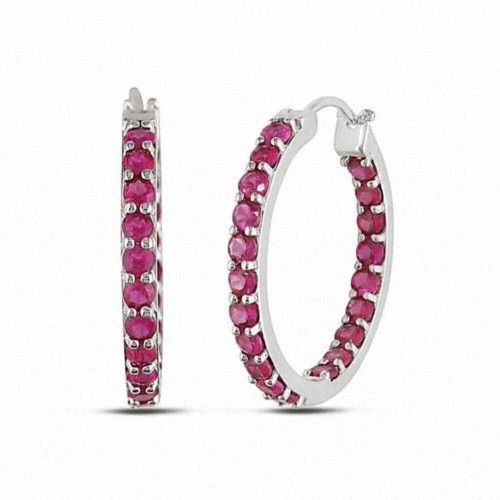
Pear-Shaped Lab-Created Ruby and White Sapphire Frame Teardrop Pendant in Sterling Silver
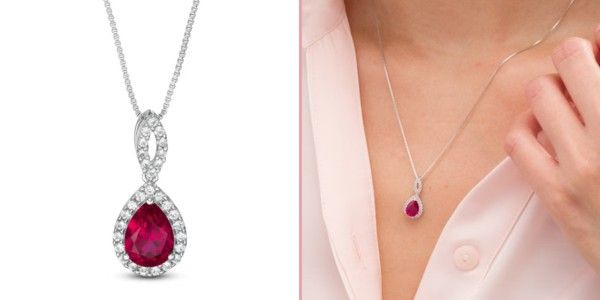
Lab-Created Ruby Adjustable Heart Pendant in Sterling Silver
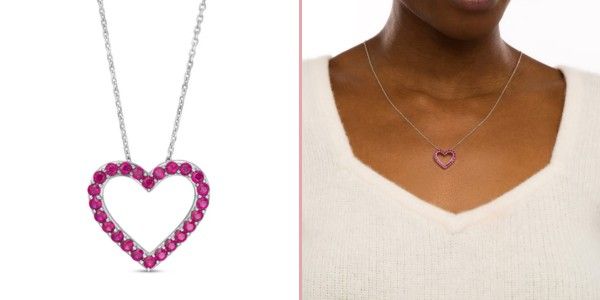
FAQs
What Is The Liberty Bell Ruby?
The Liberty Bell Ruby is a famous gemstone that is named after the historic Liberty Bell in Philadelphia, USA. It is a large, 8.5-carat ruby that is valued at over $2 million.
The Liberty Bell Ruby is unique because of its size, color, and clarity. It has a deep red color with no inclusions, which makes it a very valuable gemstone
This famous ruby was mined in Myanmar (formerly known as Burma) and was purchased by a private collector in Thailand in the early 2000s. It was then cut and polished into its current shape, which resembles the Liberty Bell. The ruby is set in a gold and platinum ring, which is encrusted with diamonds.
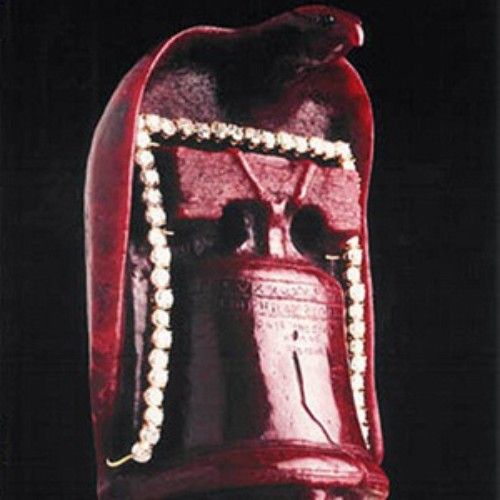
The ruby's name is a nod to the Liberty Bell, which is a symbol of freedom and independence in the United States. The Liberty Bell was rung on July 8th, 1776, to announce the public reading of the Declaration of Independence in Philadelphia. Since then, it has become a well-known symbol of American democracy and freedom.
Overall, the Liberty Bell Ruby is a stunning gemstone that is admired for its beauty and historical significance; Its deep red color and flawless clarity make it a rare and valuable gemstone that is highly sought after by collectors and investors around the world.
What Are The Differences Between Pink Sapphire And Ruby?
Origin: Both pink sapphires and rubies are varieties of corundum, which is a mineral that forms in metamorphic and igneous rocks. Rubies are mainly found in Burma (Myanmar), Thailand, Sri Lanka, Tanzania, and Madagascar.
Pink sapphires, on the other hand, are found in a variety of locations, including Madagascar, Sri Lanka, Tanzania, and Vietnam.
Visual Characteristics: Pink sapphires and rubies both belong to the same mineral family, which means they share many visual characteristics.
Rubies, however, are known for their deep red color, while pink sapphires have a lighter pink or peach color. The intensity of the color in both stones can vary based on the location and quality of the stone.
Physical Properties: Rubies and pink sapphires (as are all corundum) are one of the hardest minerals and rank 9 on the Mohs hardness scale. Both gemstones are durable and can withstand everyday wear.
Mineral Composition: The mineral composition of ruby and pink sapphire is the same but, they are both the mineral corundum, with varying amounts of trace element chromium. Rubies contain chromium, which gives them their red color, whereas pink sapphires contain lesser amounts of chromium resulting in the pink color.
Historical and Cultural Significance: Both rubies and pink sapphires have been prized for their beauty and rarity for centuries. In ancient times, rubies were considered the "king of gems" and were believed to have healing properties. They were also used as offerings to the gods. Pink sapphires were associated with love and were often used in engagement rings.
Market Value: Rubies are generally more valuable than pink sapphires due to their rarity, rich red color, and historical significance. The value of both gemstones is determined by their color, clarity, carat weight, and origin. Pink sapphires are often less expensive but still highly sought after.
Differentiating Between Pink Sapphire and Ruby: When buying or selling pink sapphire or ruby, it is important to work with a reputable dealer who can provide certification and identify the origin of the stone. One practical way to differentiate between the two stones is to look at the color. Rubies have a deep red color, while pink sapphires have a lighter pink or peach color. Another way to differentiate between the two is to look at durability. e temperatures.
Where Do The Finest Rubies Come From?
The consensus amongst gemologists is that historically Burma (Myanmar) produces the most beautiful and highest quality rubies. Burmese ruby is known for its signature color, labeled pigeon-blood red.
What Makes Ruby So Expensive?
Ruby is a highly sought-after gemstone that is known for its deep red color and durability. There are several factors that contribute to the high price of ruby, including rarity, quality, and demand.
Rarity: Rubies are rare gemstones that are only found in a few locations around the world, mainly in Burma (Myanmar), Thailand, Sri Lanka, Vietnam, Tanzania, and Madagascar. The amount of ruby that can be mined from these locations is limited, which makes the supply of high-quality rubies scarce. This rarity drives up the price of ruby on the market.
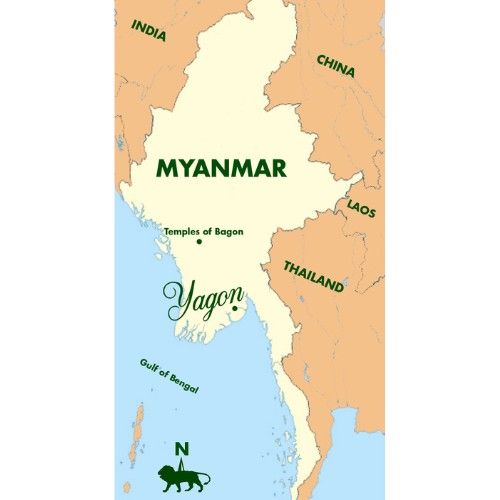
Quality: The quality of ruby is determined by several factors, including color, clarity, cut, and carat weight. The most valuable rubies have a deep red color that is often described as "pigeon blood" red. They also have few inclusions or flaws and are cut to maximize their brilliance. High-quality rubies that are over one carat in weight can command very high prices.
Demand: Ruby has been prized by humans for centuries and has a long history of use in jewelry and as a symbol of wealth and power. The demand for ruby is still high today, particularly in the luxury jewelry market, where it is often used in high-end pieces. The demand for ruby is driven by its beauty, rarity, and cultural significance.
In addition to these factors, the cost of mining, cutting, and transporting ruby also contributes to its high price. Ruby is a difficult stone to mine and process, and it requires skilled labor to cut and polish. All of these factors combine to make ruby one of the most expensive gemstones in the world.
Overall, the high price of ruby is due to its rarity, quality, and demand. While there are other red gemstones available that are less expensive, ruby's unique combination of beauty, rarity, and cultural significance make it a highly desirable gemstone that commands a high price on the market.
What Are The Top Precious Gemstones?
Ruby is one of the four precious gemstones. The other three are Blue Sapphire, Emerald, and of course Diamond.
How Should I Care For My Ruby Jewelry?
Warm Water and Mild Soap: Mix warm water and a mild soap or detergent in a bowl. Soak your ruby jewelry for a few minutes, then use a soft-bristled brush or cloth to gently scrub the stones and remove any dirt or grime. Rinse the jewelry under running water and pat dry with a soft cloth. Avoid harsh chemicals and rough handling to maintain its beauty.
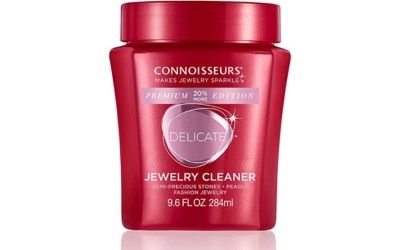
What Is The Sunrise Ruby?
The Sunrise Ruby is a rare and exceptional ruby that is considered one of the finest examples of a Burmese ruby in existence. It is named for its brilliant red color, which is said to resemble a vivid sunrise.
The Sunrise Ruby weighs 25.59 carats and has a modified cushion cut. It is set in a platinum and gold ring, which is encrusted with diamonds. The ruby was mined from the Mogok region of Myanmar (formerly known as Burma), which is known for producing some of the world's most exquisite rubies.
The Sunrise Ruby has a fascinating history. It was originally owned by an anonymous private collector, who kept it hidden away for years. In 2015, it was put up for auction at Sotheby's in Geneva, Switzerland. The ruby was highly coveted by collectors and ultimately sold for a record-breaking $30.42 million, making it the most expensive ruby ever sold at auction.
The Sunrise Ruby is considered a masterpiece of nature and is admired for its rarity, stunning color, and superb quality. It remains one of the most significant and valuable rubies in the world, and its sale at auction made headlines around the globe.
Conclusion
Ruby is a stunning gemstone that has captured the hearts of people for centuries. Whether you choose a natural ruby or a lab-created ruby, both are beautiful and durable stones that can be enjoyed for a lifetime. Natural rubies have a unique history and are prized for their rarity and beauty. Lab-created rubies offer an affordable and accessible alternative for those who want to enjoy the beauty of ruby without breaking the bank. Ultimately, the choice between natural and lab-created rubies is a personal one that depends on your preferences and budget.
Thank you for taking the time to read our article; we would love to hear from you, so please signup and leave your comments and questions below.
Happy Shopping!
Francesca de Granville, G.G. (GIA) F.G.A.
Related Articles you may also enjoy:
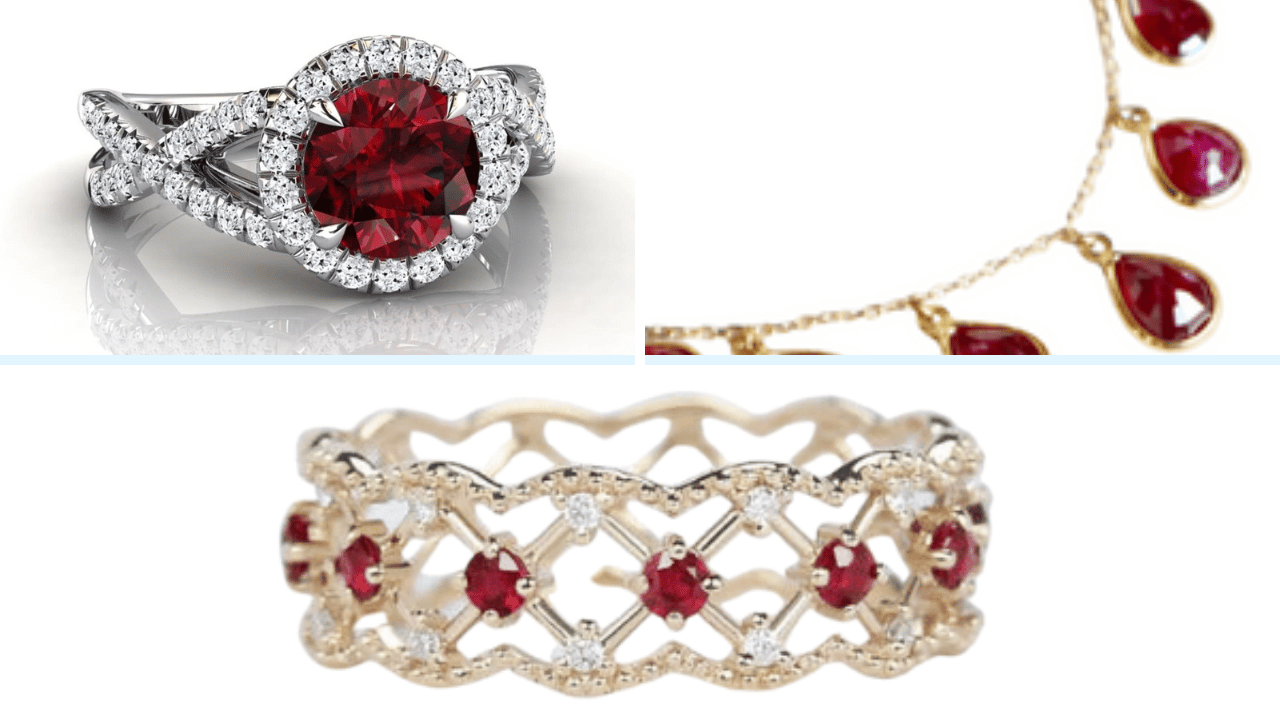

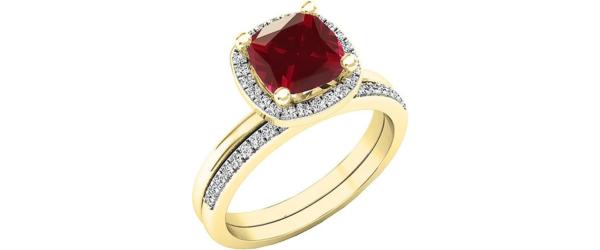
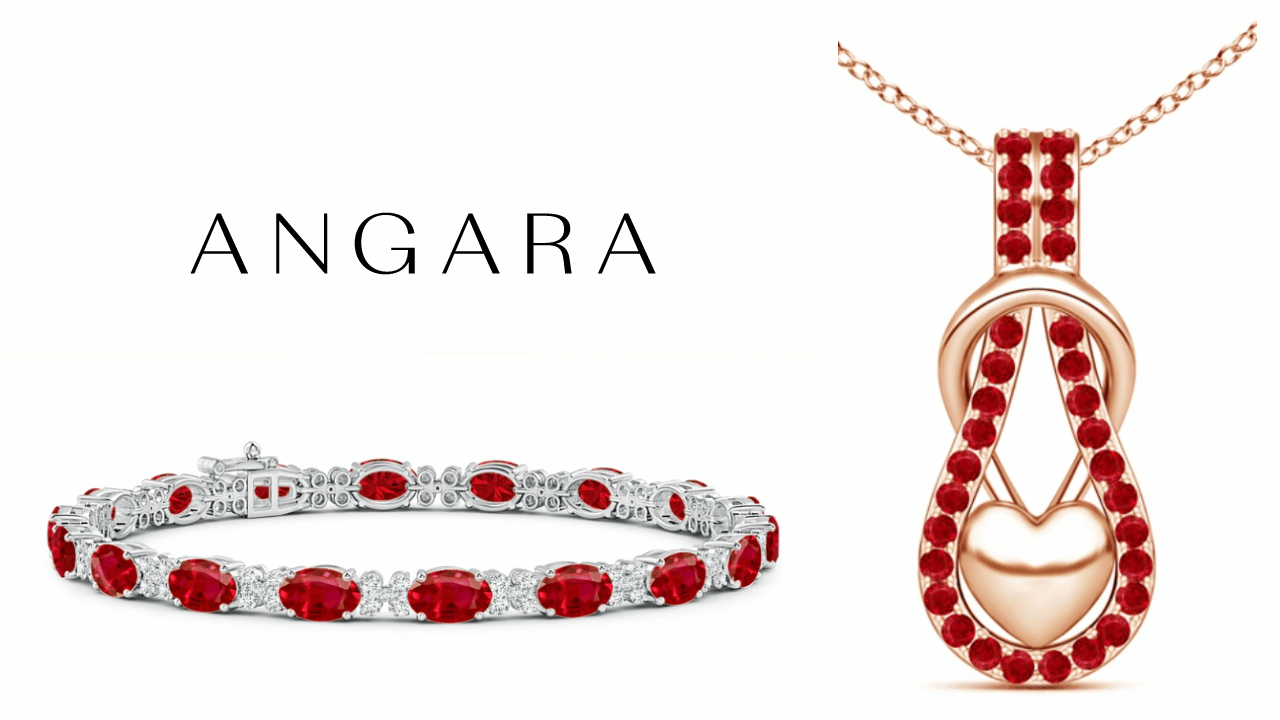
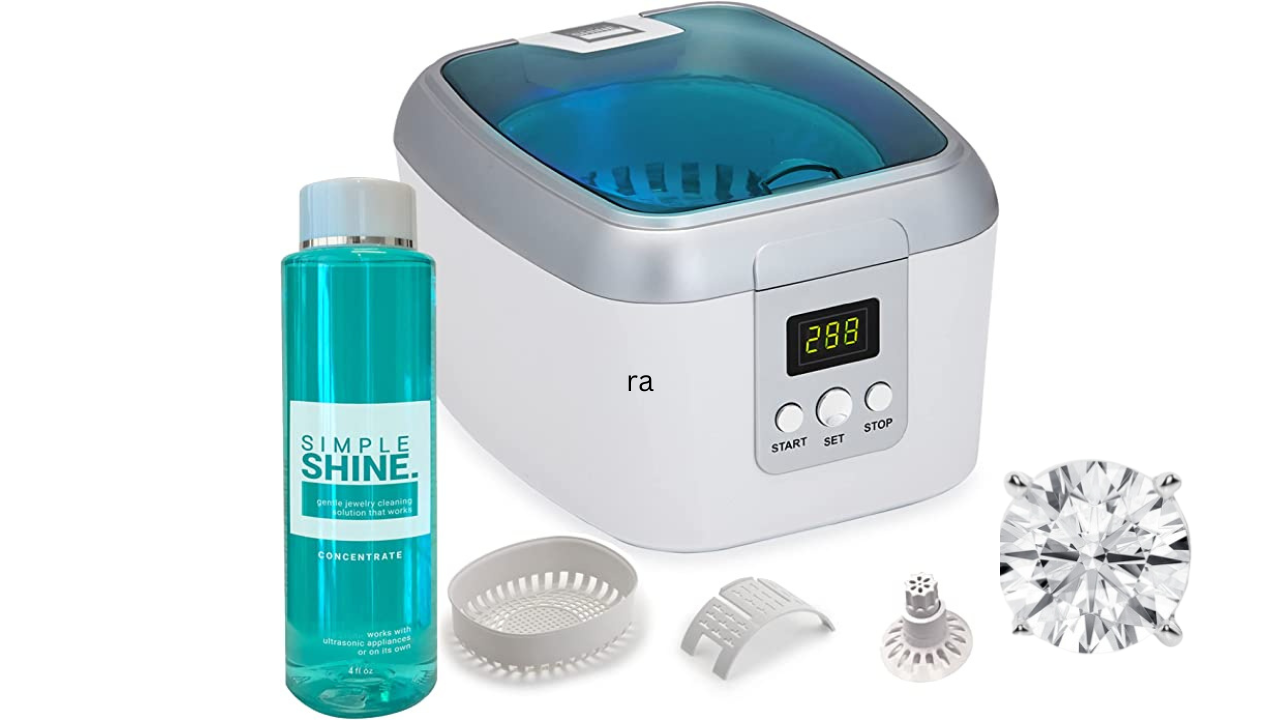



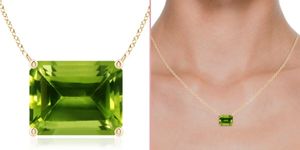
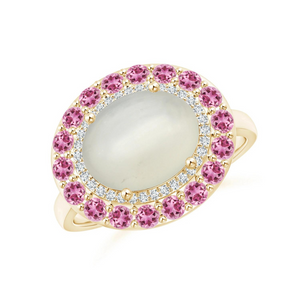
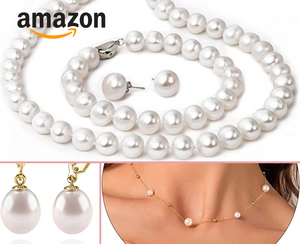




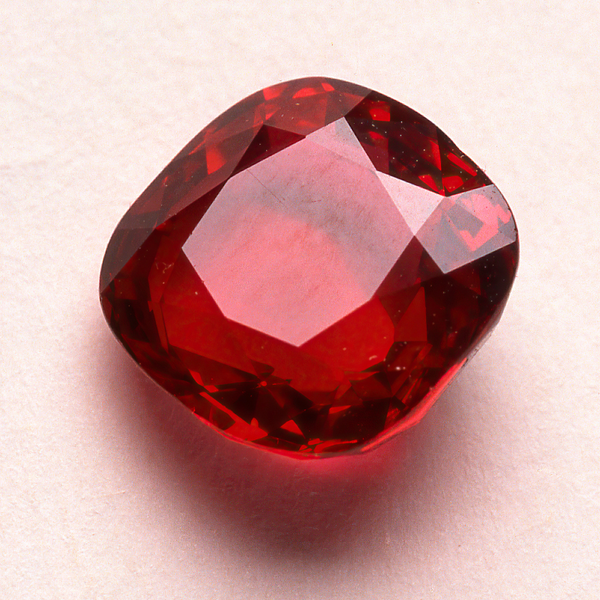
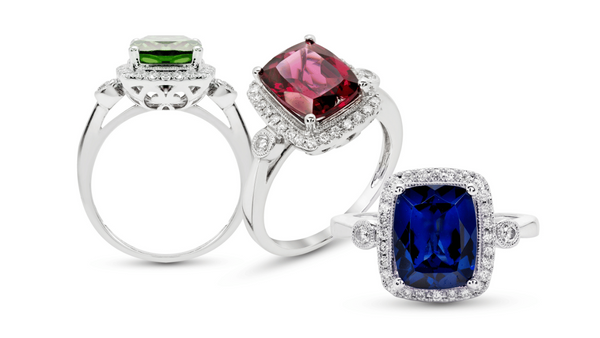
Member discussion